Few photography niches are as difficult and intense as aviation, but British photographer Lloyd Horgan shows that if you can break into it, it can produce some stunning results.
I've talked a lot over the years about finding a niche and then dominating it. For the majority of full-time photographers, that will be weddings or commercial, but now and again, you stumble across someone whose camera is facing things that are slightly more unusual. Lloyd and I crossed paths through a mutual love of cars, but I saw his photography, and it was truly memorable. Anyone who owns a camera will be aware that taking memorable pictures is the holy grail of image creation and requires a combination of high skill and interesting subject. Lloyd definitely ticks both those boxes. But how on earth do you end up as a professional aviation photographer?
Well, while at college studying photography, he would often visit a place known as the Mach Loop which is in Wales, U.K. It's a series of valleys that is used for pilot training, often hosting jets and the like. As Lloyd pointed out, however, there were very few people making money from photographing aircraft and a way into that career was far from obvious.

Then, as photographers will often say, I had a case of being in the right place at the right time for a particular photo. I submitted it to the magazine (that I now shoot for), as they hold a yearly photo competition. They have a few different categories and I was lucky enough to win their action category; that was at the beginning of 2013 I think. From there I started pitching (annoying) the editor at the magazine ideas for possible features on operators around Europe, as they're a North American-based magazine. In the middle of 2013, I was then invited down to RNAS Culdrose to visit the now defunct 771 NAS to produce a blog post looking at a typical 24 hours in the life of a SAR crew; I think this was the key to breaking in really, as that initial flying experience is incredibly important, especially with the military units.
It's difficult to imagine a genre of photography with a more complicated point of entry and one that is so sparingly available to practice. Lloyd went straight for the jugular upon leaving college and applied to join the RAF as a photographer. However, after declaring he had asthma as a child, his dream was delayed, and he tried other paths. The early jobs he got with aviation magazines ended up forging lasting relationships which still yield work today. While he only did a couple of shoots that year, things were about to change. In 2016, "I worked with the Swedish Maritime Administration, USAF Combat Search and Rescue crews, the Italian Coast Guard to report on the migrant crisis, the Spanish Army, UK HEMS operator, and had my first (and only) fast jet flight with the Royal Navy. The rest, as they say, is history, I guess."

In just a few years, Lloyd has built one of the most intense and singular portfolios I've seen. The use of color, composition, and framing — often deviating from the "norm" — makes every image look like it ought to be printed large and hung somewhere front and center. With every shot that blinked on to my screen, I began to dive deeper into the inquiry of how some of these shots are captured. You'll notice a trend with vastly differing light (invariably natural and out of Lloyd's control), high contrast, lots of movement, and perhaps the most challenging, little room for error. If you miss a shot on a fly-by, that might be the end of the story; no do-overs possible. Weather was one of Lloyd's first problems, with shoots often happening in the Alps and mountain climate being erratic. But what is the most difficult part of aviation photography? Well, it's far more familiar apparently.
I guess the biggest challenge is that a lot of people do this for free or as a hobby; that totally isn't a bad thing, but it kind of devalues your work when other photographers give OEMS, companies, and magazines images for free. Luckily, the magazine that I shoot for really values good visuals, but also places an emphasis on quality writing too and are willing to pay for it.

To some degree, you expect the problem of eager hobbyists in areas like headshots or family portraiture — something more accessible — but less so in a subgenre of photography as outlandish as hanging out of aircraft, photographing other aircraft. It struck me that in the modern photography industry, striving for excellence is no longer just the hallmark of the conscientious, but rather a necessity for survival. Nevertheless, that excellence has been rewarded for Lloyd, and he has some staggering shoots under his belt to show for it. One of the highlights of his career thus far was part of an anti-poaching operation in Kruger Park, South Africa, where his daily commute would be filled with elephants, rhinos, giraffes, and so on.
From being in the back of a helicopter as the vet was darting an elephant (and then touching it while on the ground) to visiting one of the bomas that house rhinoceros that have either been injured by poachers or the calves of dead rhinoceroses, being able to tell the story of such a unique organization was absolutely brilliant, and it's the part of the job I love that most; yes, helicopters are cool, but being able to work alongside amazing writers to tell their stories is what makes it so special.
One question I love to ask photographers usually yields a predictable answer: what's the biggest misconception about what you do? Invariably it revolves around how little time us professional 'togs spend shooting, but Lloyd's answer genuinely floored me. He told me that people think what he does is easy. Who on earth is seeing these images and thinking: "anyone could do that"?! My knee-jerk reaction to his portfolio was to sit back in awe of how many moving parts there must be to each image, how much planning, and how much is out of Lloyd's hands. Nevertheless, he unpacked his answer for those of you who might think it's all cut and dry:
People seem to think that once you're in the air, getting the images is doddle; it's anything but, as you have to contend with the wind coming in from the open door as you're shooting, the vibration of the helicopter, and turbulence, all while you're shooting at between 1/80th-1/200th of a second. Then, of course, you have to position the subject so you're talking to the camera ship pilot who then relays that to the pilot in the other aircraft.
With Lloyd's images as incredible as they are, there's a question looming on the horizon, so I asked it for you. Here's what is in his kit bag:
Black Magic Pocket Cinema Camera 4K
Manfrotto Tripod

Despite a heavy arsenal of equipment, Lloyd gravitates towards his D850 and 70-200mm as his go-to setup when shooting air to air or ground to air images: "The D850 is just absolutely insane, and the amount of detail, tonal range, and the ergonomics make it perfect when I'm shooting, as I don't have to look at the controls when changing them."
I always end my interviews with photographers and videographers in the same way: what is your favorite photography anecdote? I think I'll let Lloyd take the reins for this answer:
It was my second full assignment for the magazine, documenting the 56th RQS, one of the United States Air Forces Combat Search and Rescue squadron's that were then based out of RAF Lakenheath in Suffolk. I'd have permission to fly with the unit while they went to RAF Lossiemouth at the beginning of 2016 for the multi-national Joint Warrior exercise. I chose to drive up, which perhaps wasn't the best decision given that it was 470-ish miles one way. This was while I was still in the RAF reserves, so had been at a training weekend and had a questionable meal in one of the messes, I felt a bit off but figured I'd be OK.
I came down with what can only be described as absolutely horrendous food poisoning — cold sweats, and I'm sure you can image the rest. Luckily, I wasn't due to fly or go in that Monday, so hoped I could rehydrate and take a ton of medication to try and get over it as quick as I could. As it happens, I was positively 'man down' for the whole week; I should have been going out on 2-3 flights each day/night, and I could just about manage one flight a day and then had to go back, get in bed, and feel incredibly sorry for myself. The hardest part, however, was the actual flights.
The flights are somewhat aggressive so as to allow the Special Mission Aviators (think the gunners) to get rounds onto the target, so they will fly a series of tight turns to get back onto the target area quickly. During the tight turns, it helps to tighten/tense your abdomen/stomach, which kind of stops you feeling nauseous during the turns (as well as looking at the horizon), but as I'm sure you can imagine, while suffering from a particularly bad bout of food poisoning, that just isn't ideal; fortunately, though, everything was OK during the flights. It should have been an amazing week full of flying, but instead I just managed three flights with the crews; admittedly, they were around three hours long. I think I'll put that job down as a little bit 'emotional.'
An upset stomach on a commercial airliner is my worst nightmare. Food poisoning on a military aircraft? Pass.
If you're as mesmerized by Lloyd's work as I am, you can follow his adventures via his website, Twitter, Instagram, Facebook, Flickr, and 500px by clicking the relevant links. He was also kind enough to give me a pretty vast selection of images to furnish the interview with. The problem was, I had a tough time picking between them, and some of the shots not featured above would be criminal to leave out, so here's a small gallery as a parting gift.

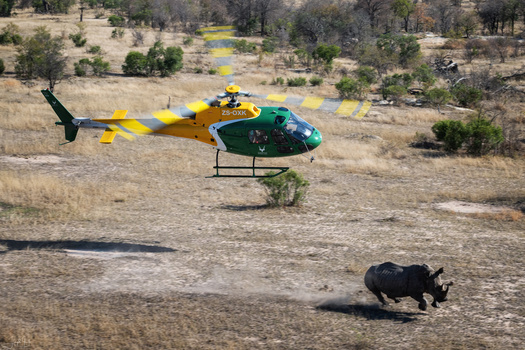
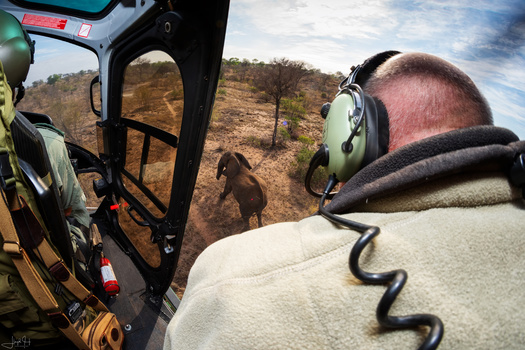
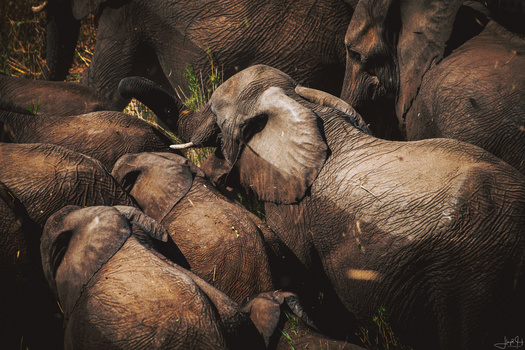
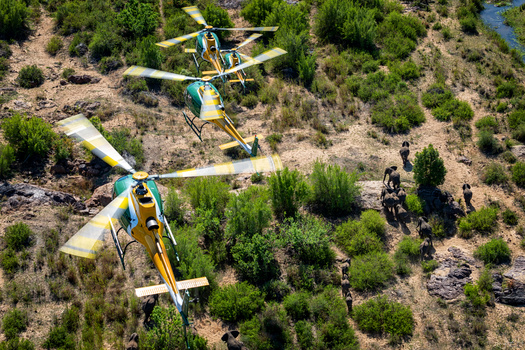
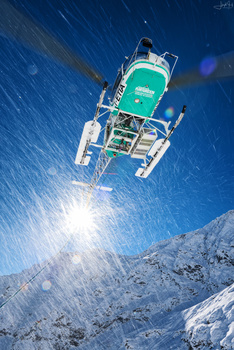
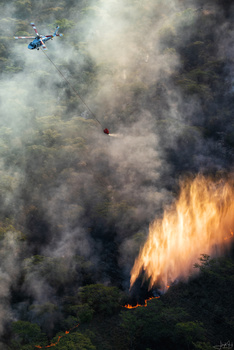
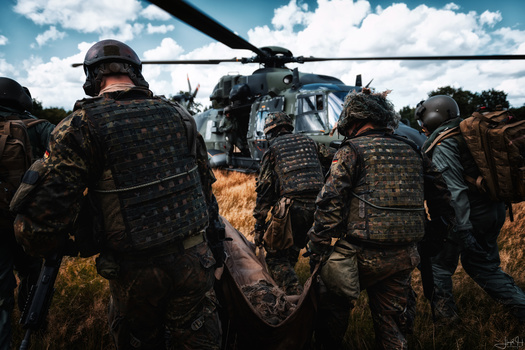
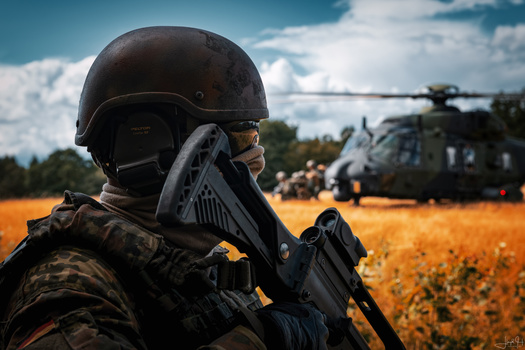
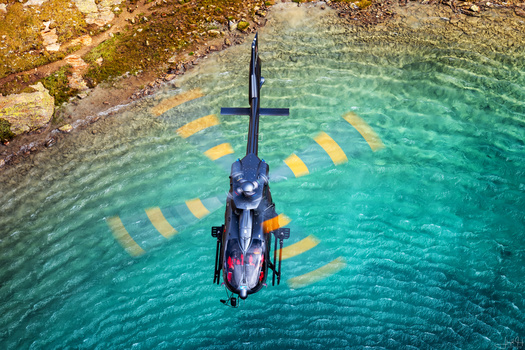
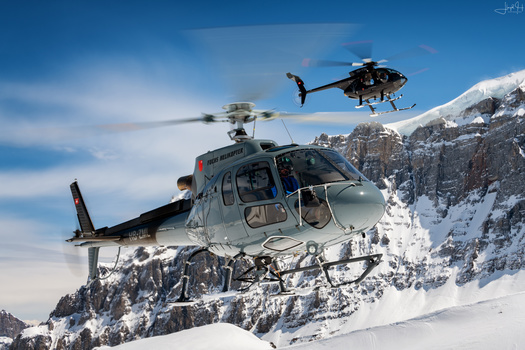
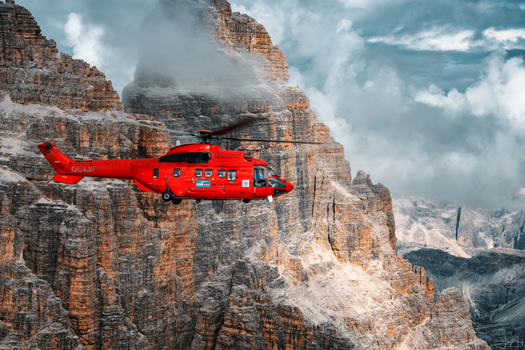
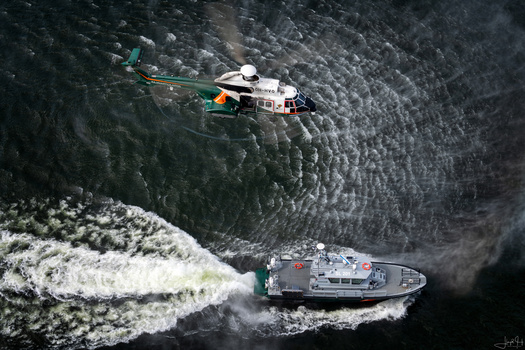
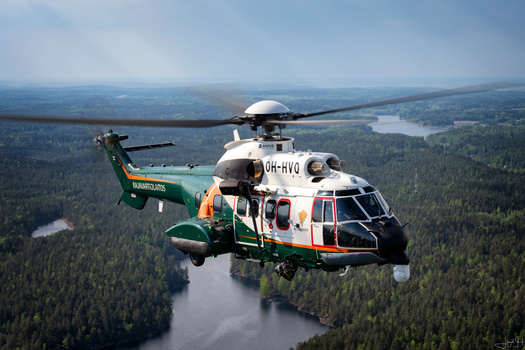
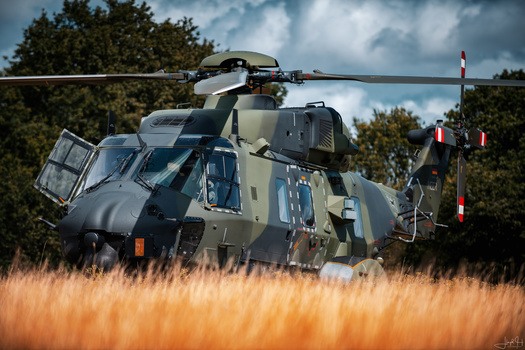
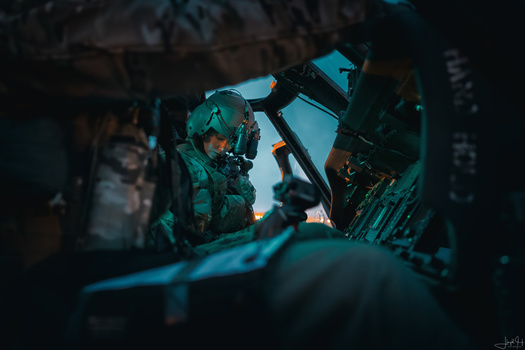
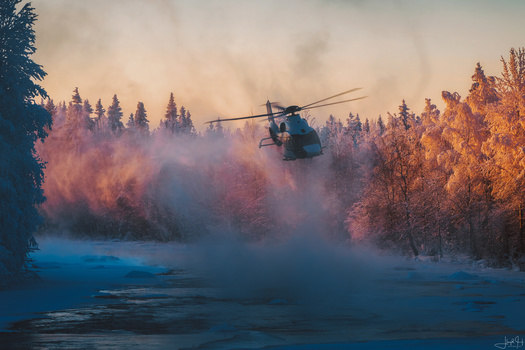
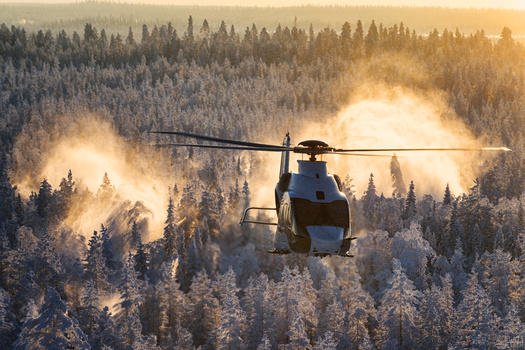
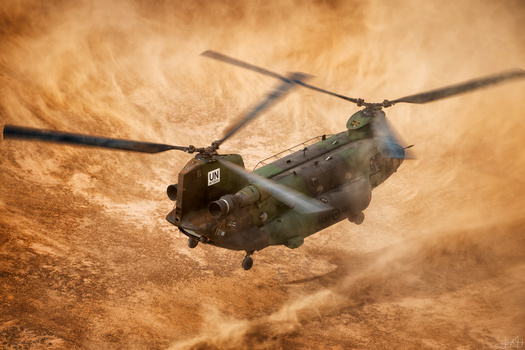
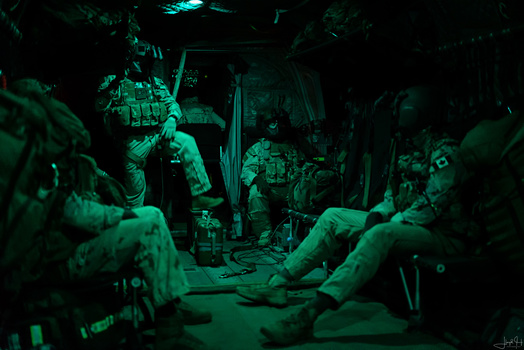
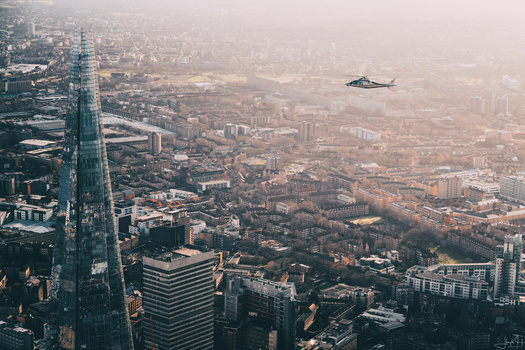
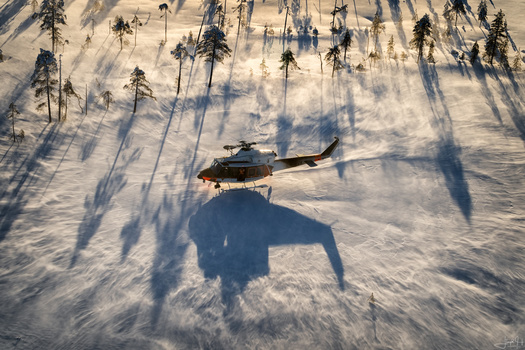






Very cool stuff.
Holy hell, great images!
I went through the process of creating an account because your article was so well written. The images had deeper meaning because of your writing. Well done.
What a kind thing to say, thanks Timothy. Although the heavy lifting is all done by Lloyd's images!
Fantastic body of work.
Nice!
Lloyd has a gift. I was a USAF photographer and sitting on the edge with a strap to the floor was some of my best times flying. I would do it again in a heartbeat.